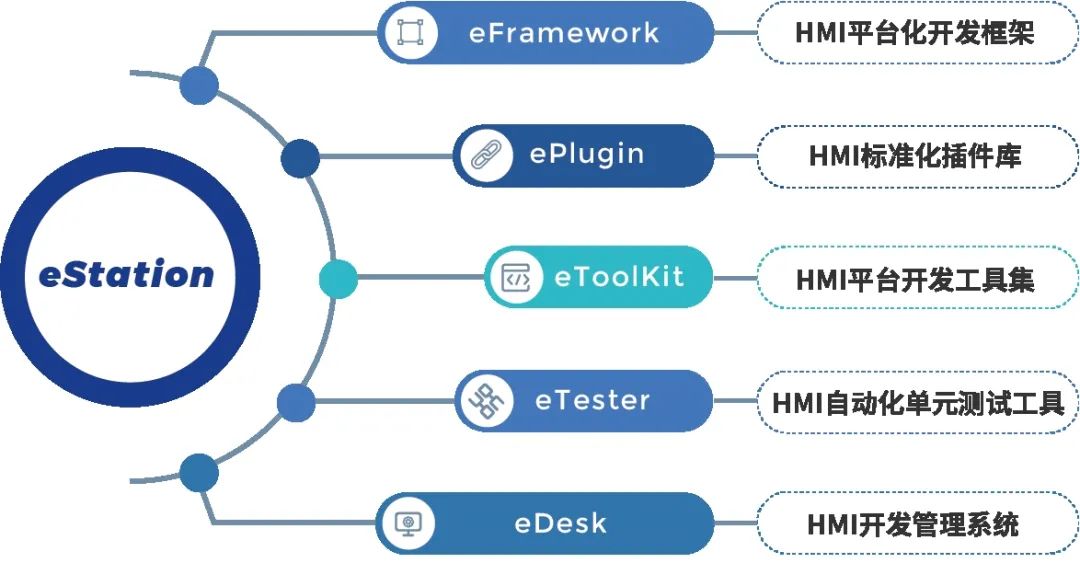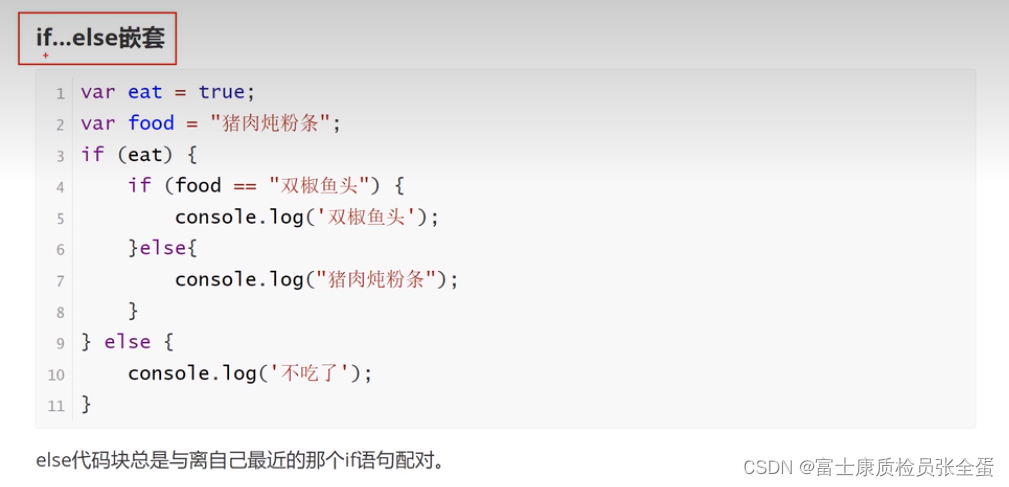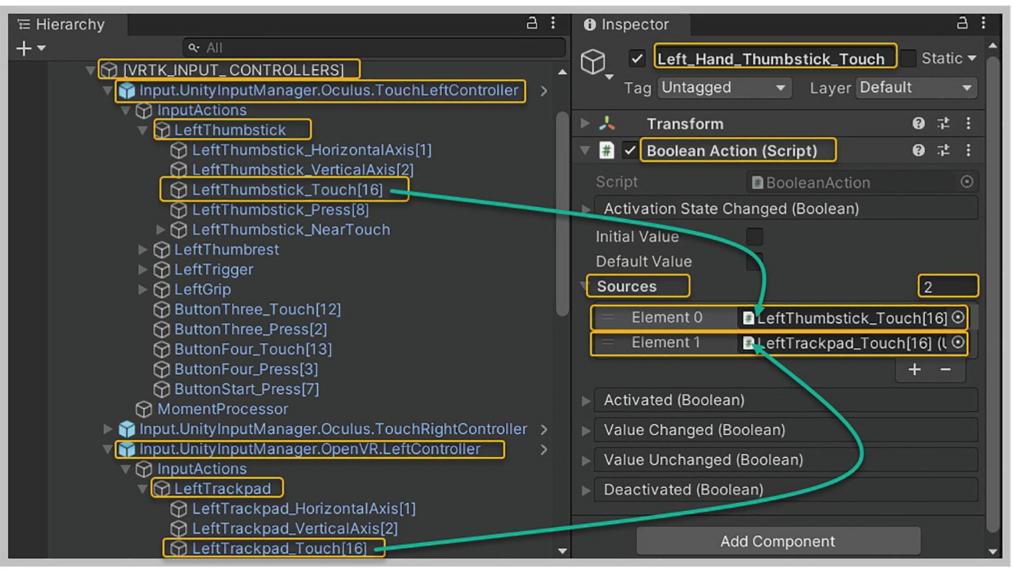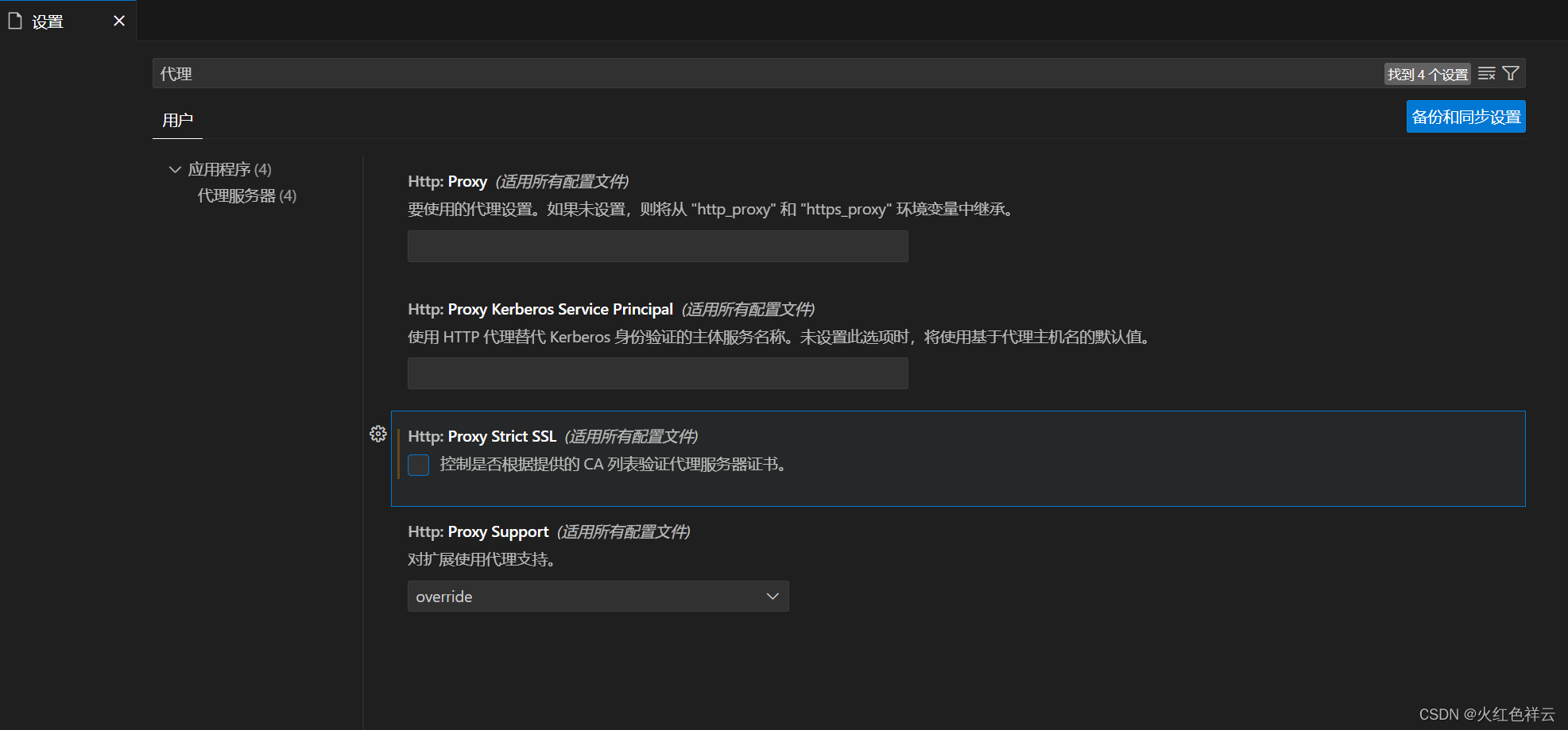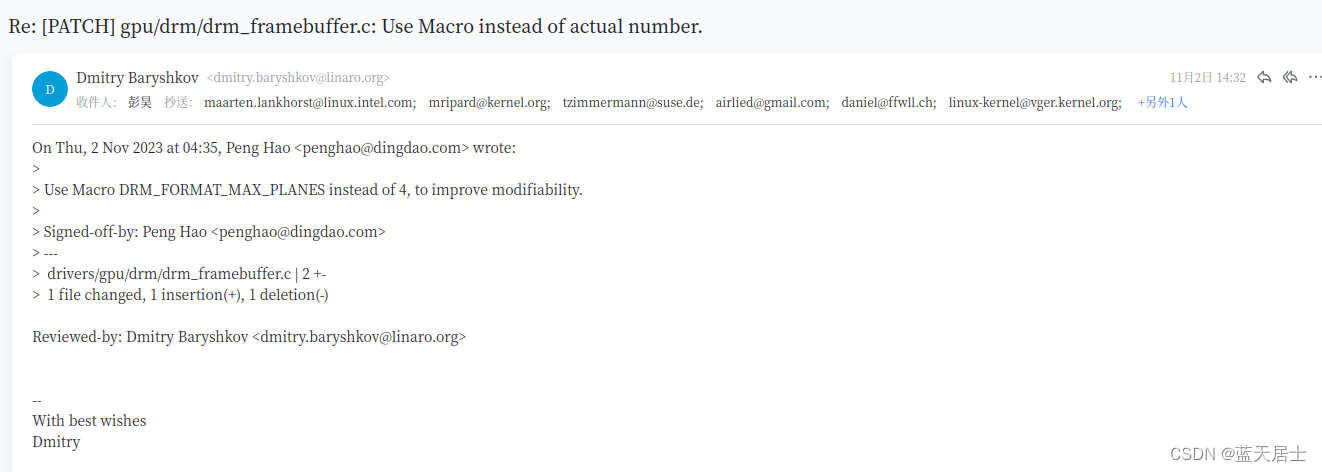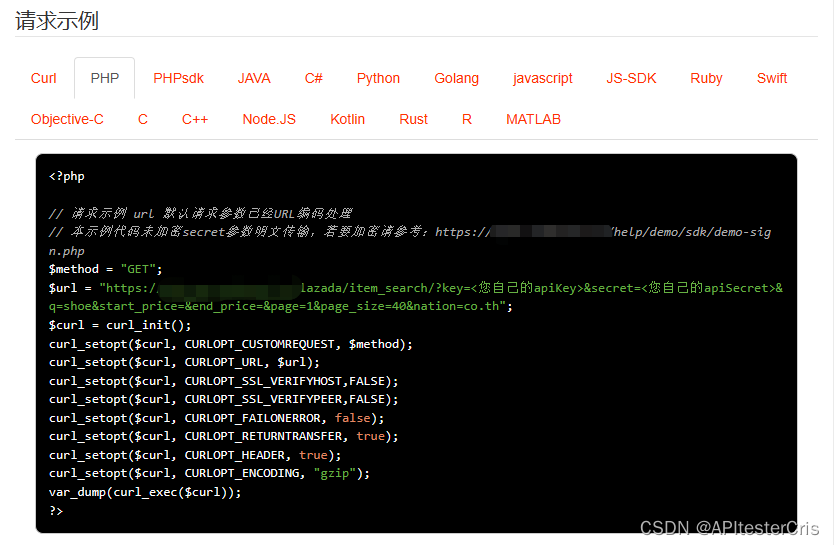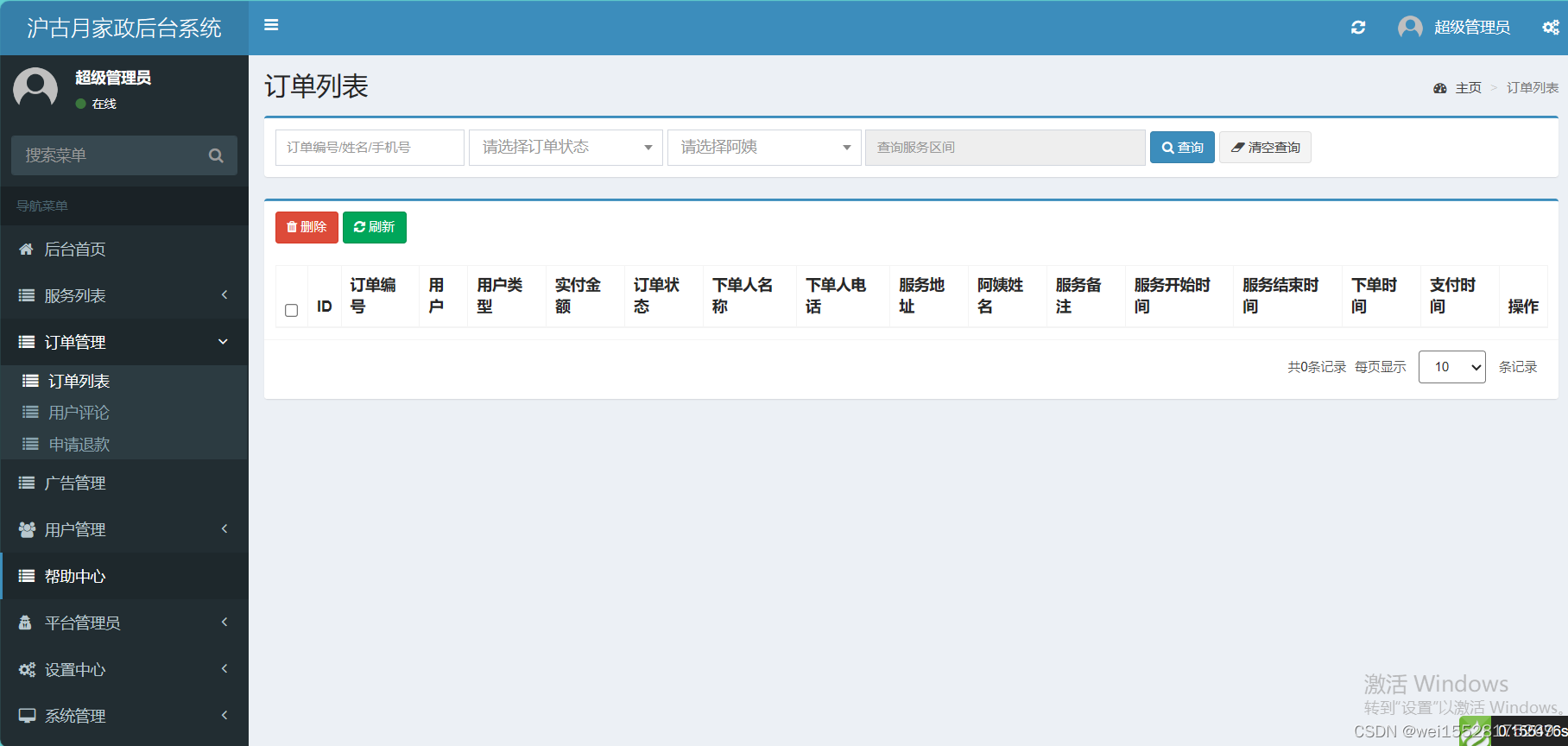1.匿名管道的特点
以下管道的统称仅代表匿名管道。
- 管道是一个只能单向通信的通信信道。为了实现进程间通信.
- 管道是面向字节流的。
- 仅限于父子通信或者具有血缘关系的进程进行进程见通信。
- 管道自带同步机制,原子性写入。
- 管道的生命周期是随进程的。
2.匿名管道通信的四种情况
- 读端不读或者读的慢,写端要等读端。
- 读端关闭,写端收到SIGPIPE信号直接终止。
- 写端不写或者写的慢,读端要等写端
- 写端关闭,读端读完pipe内部的数据然后再读,会读到0,表示读到文件结尾。
3.pipe函数介绍
在Linux中,pipe() 是一个底层系统调用,用于创建管道(pipe)。pipe函数的使用如下:
#include<unistd.h>//使用所需包含的头文件
int pipe(int pipefd[2]);
对于参数pipefd是一个两个元素的整型数组,它是一个传出参数,用于存放管道的读写文件描述符。其中pipefd[0]为管道读端,pipefd[1]为管道写端。这两个文件描述符可以像其他文件描述符一样进行读写操作。
4.pipe函数使用示例
#include <stdio.h>
#include <string.h>
#include <unistd.h>
#include <sys/wait.h>
#include <stdlib.h>int main()
{//定义pipe函数所需的pipe_fd,用来存放文件描述符。int pipe_fd[2] = {0};if(pipe(pipe_fd) < 0){perror("pipe");return 1;}printf("%d, %d\n", pipe_fd[0], pipe_fd[1]);//创建子进程pid_t id = fork();if(id < 0){perror("fork");return 2;}else if(id == 0) { //write//child//在子进程中关闭读端close(pipe_fd[0]);char c = 'x';int count = 0;while(1){write(pipe_fd[1], &c, 1); count++;printf("write: %d\n", count);}//使用完结束不要忘记关闭写端!!!close(pipe_fd[1]);exit(0);}else{ //read//parent//在父进程中关闭写端close(pipe_fd[1]);char buffer[64];while(1){buffer[0] = 0;//从读端,读取sizeof(buffer)-1个字节到buffer中ssize_t size = read(pipe_fd[0], buffer, sizeof(buffer)-1);if(size > 0){//读取成功buffer[size] = 0;printf("parent get messge from child# %s\n", buffer);}else if(size == 0){printf("pipe file close, child quit!\n");break;}else{//TODObreak;}}//定义进程等待状态,并进行进程等待int status = 0;if(waitpid(id, &status,0) > 0){printf("child quit, wait success!, sig: %d\n", status&0x7F);}close(pipe_fd[0]);}return 0;
}
5.从文件描述的角度深入理解匿名管道

